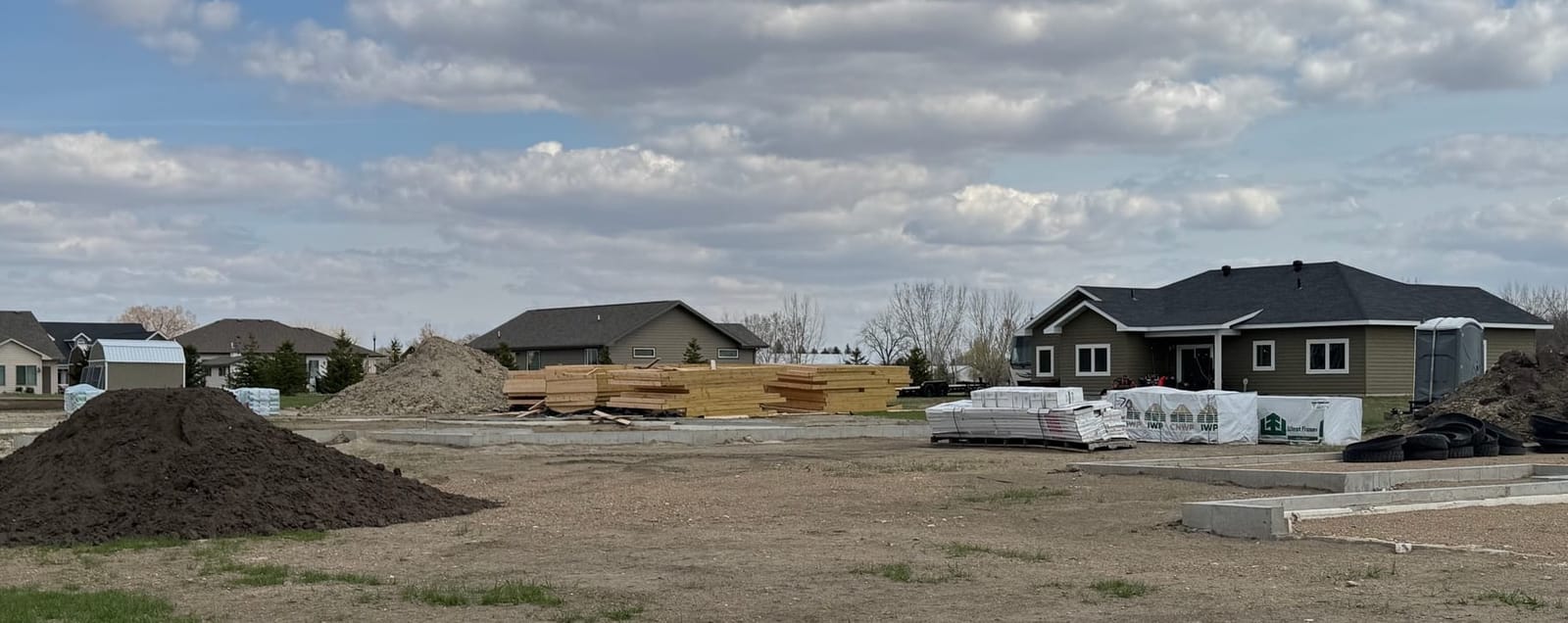REDFIELD, S.D. – About five years ago, the management team at S&S Rentals saw an opportunity to expand into the housing market in this small Spink County city known for agriculture, pheasant hunting and the state home for people with developmental disabilities.
Even though Redfield is about 60 miles southeast of Ipswich, where S&S is headquartered, the property development and management firm felt like the stage had been set for success in the city of about 2,100 people.

S&S property and risk manager Mike Hammrich said government leaders in Redfield made it easy and affordable to create new housing. The city, he said, had a regional reputation for encouraging development, made land available and paid for infrastructure to jump-start local housing growth.
“The city had built some twin homes, 12 units there, and they sold those to us,” Hammrich told News Watch. “It was a really good fit for us.”
That first successful purchase has led to further expansion by S&S, which has built four more duplexes in Redfield and has two more under construction.
In addition to Redfield’s efforts to clear land and simplify paperwork for developers, the city — like many rural towns in South Dakota — has a shortage of housing and immense demand from buyers and renters.
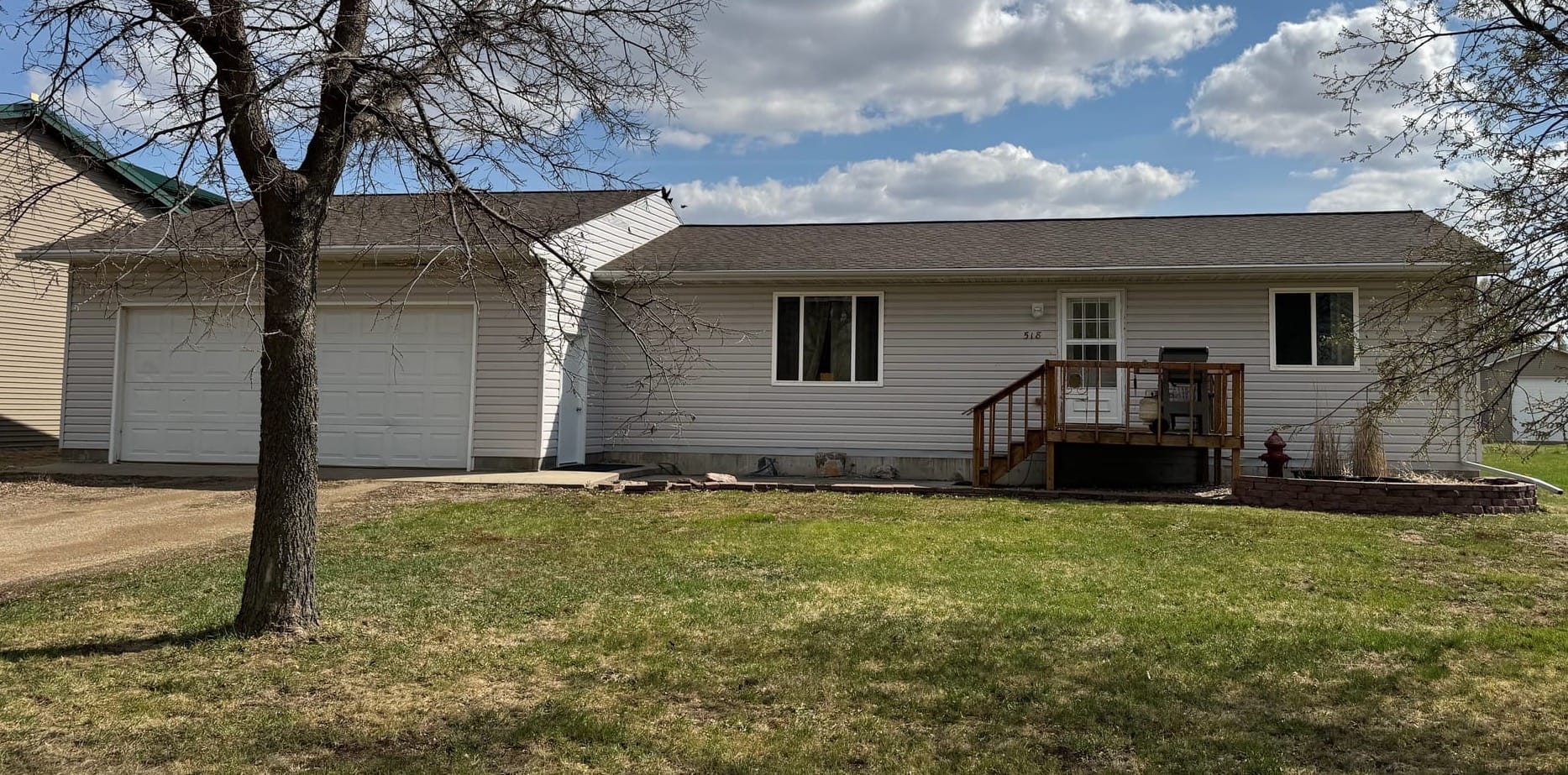
“Looking at the demand, and the possible lots the city made available, we were impressed with them,” Hammrich said. “We had so many people calling that we had them rented before we even started digging the foundations.”
Those projects by S&S and the new 42-lot Prairie Winds Estates subdivision now under construction in south Redfield are manifestations of a concerted, cooperative effort to expand housing opportunities by city government, private developers and local agencies such as Grow Spink and the Redfield Area Development Corp.
But like solutions to many major problems, such as a housing shortage in an isolated rural community, the road to success was paved brick by brick, or in the case of Redfield, lot by lot and house by house.
This story is part of an ongoing South Dakota News Watch series called Engage South Dakota using storytelling, crowdsourcing and community engagement to identify and share potentially replicable housing solutions.
Each story includes the community's response, insights to be learned, proof of whether the ideas are effective and limitations on the efforts.
Key takeaway for this story: Small towns like Redfield trying to add housing may have to tackle a small project first in order to encourage larger developments down the road.
Read about other South Dakota housing solutions.
Response: Start slow to build momentum
As Craig Johnson drives his pickup down the streets and alleyways of Redfield, he stops frequently to point out properties that he helped get built or fixed up during his 20 years as the founder and former director of Grow Spink, the local development agency.
Even as numerous people in Redfield point to Johnson as a pioneering catalyst in the rebirth of Redfield, Johnson doesn't like to take credit for successful housing development, which includes rehabilitation or rebuilding of roughly 150 dilapidated homes during his tenure.
When Johnson speaks about housing redevelopment, he sounds much like a detective who won't give up until a case is solved. If a property becomes run-down, it can infect the surrounding neighborhood, so Johnson would try to find out who owns the land and structures, determine why a home had fallen into disrepair and discover what would motivate the owner to sell.
"You can get lost in these master plans that call for 40 or 50 homes in a development. But you should do one home first and see what it costs and what it takes to get it done," said Johnson, who retired from Grow Spink nine years ago. "You just keep doing it, and it doesn't make headlines when you're doing that few. But it's the continually building nature of it all that really matters."
Insights: Partnerships needed for success
Developing partnerships, communicating openly and finding new funding sources are all part of successful housing redevelopment, Johnson said.
During his time with Grow Spink, Johnson obtained several hundred thousand dollars in grants, used state money to redevelop so-called brown fields and obtained a handful of houses under the state's Governor's House Program, which is fueled by inmate labor.
A can-do attitude and a dose of toughness are also sometimes needed to push forward in housing redevelopment, Johnson said. "There's all kinds of ways of how not to get something done," he said.
Providing quality housing for new and existing residents is a primary goal of housing redevelopment. But a clear spinoff benefit is making your community more attractive to new employers, he said.
"We had a lot of dilapidated buildings, so if somebody wanted to come, we had nothing to show them," Johnson said. "People want economic development to come first. But you've got to be working on housing in the background all the time, and you work on the businesses as they come."
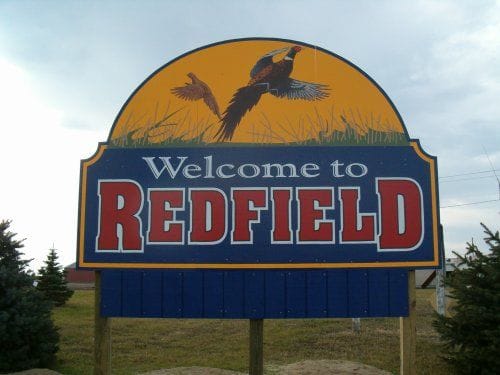
The approach of starting small and building on successes is a recipe for success that can be duplicated in other small cities and towns, said Kristi Wagner, director of organizational relationships for Dakota Resources, a statewide nonprofit community building organization.
Dakota Resources, which is partnering with News Watch in the Engage South Dakota effort, regularly contracts with rural communities and hosts local educational events to help them thrive.
Wagner was the “community coach” who led Dakota Resource’s efforts to aid Redfield in its quest to strengthen its economy and housing stock starting in 2016. A community idea session led by Dakota Resources drew more than 200 people, she said.
Join other South Dakotans and support statewide storytelling.
Wagner said a couple key messages on housing evolved from the effort in Redfield: Cooperation between community leaders and stakeholders can create an environment that encourages innovation and development, and starting small and experiencing early success builds momentum for future growth.
“Smaller rural communities can just do one property at a time,” Wagner said. “They can’t do multiples (properties) that a major developer can bring because those people are not going to come to the rural communities, so those communities have to take it one bite at a time.”
Another idea championed by Dakota Resources during its “empowerment” process in Redfield was to encourage local officials to map out the community in regard to existing housing while also eyeing opportunities for potential new or revitalized housing, Wagner said.
“The empowerment process raised awareness to be able to do the community mapping and look at the city street-by-street,” she said. “Are the houses new, do they need minimum repair, a lot of repair or are they beyond repair? And if they’re beyond repair, then they can look into ownership and how those can be replaced?”
Proof: Public, private efforts important
Redfield’s housing development efforts have been bolstered by the vigorous efforts of two development groups that work together to boost business and housing.
Gianna Schieffer, executive director of Grow Spink, works in partnership with the Redfield Area Development Corp. (RADC) to create housing opportunities. Both organizations worked with the city to obtain, plan and prepare the land and roads for the 42-lot Prairie Winds Estates development.
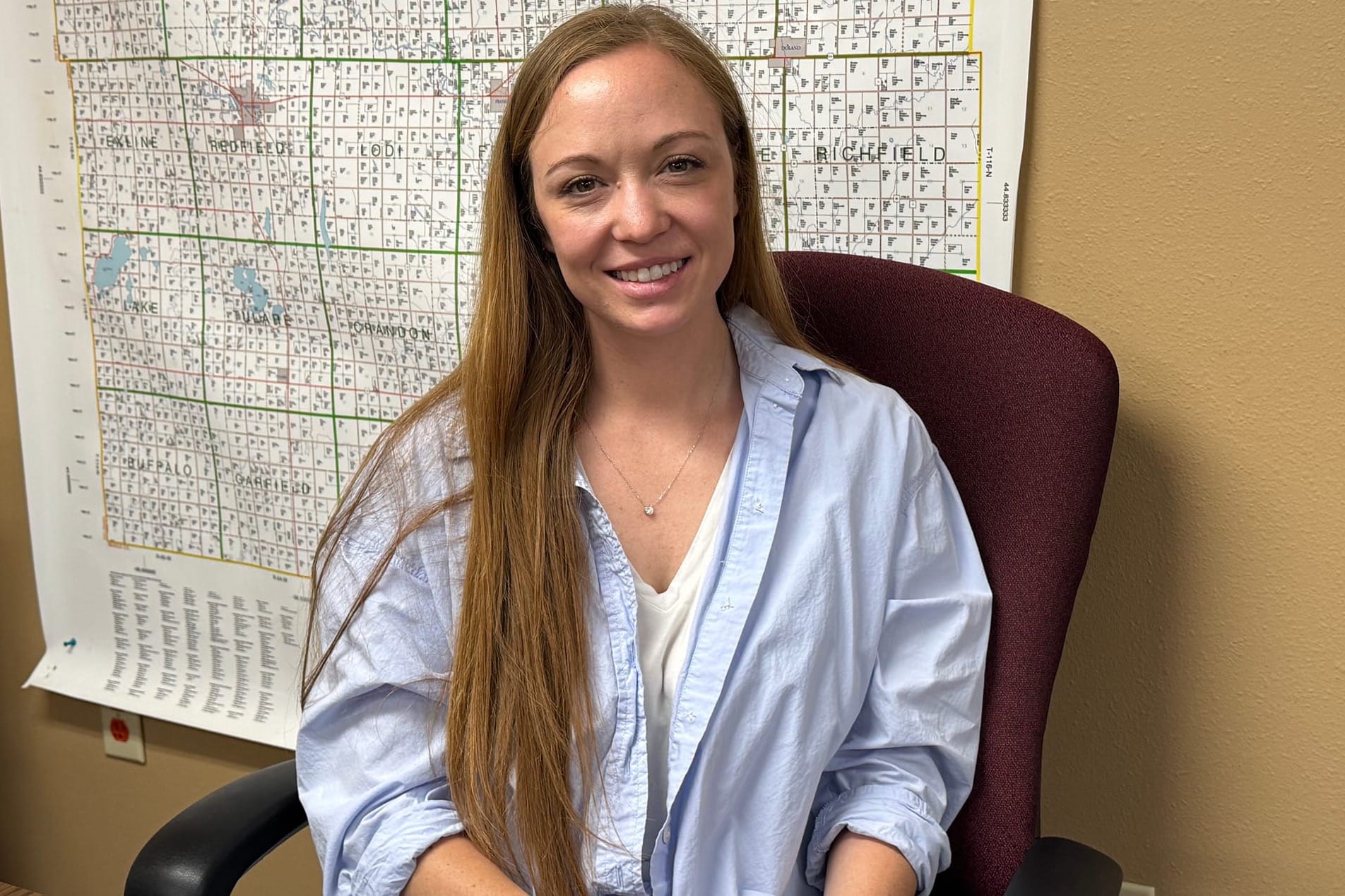
Both groups also build “spec” houses on their own, each completing about one per year, that are then offered for sale to homebuyers at cost, Schieffer said. Grow Spink takes out loans to fund construction while RADC uses its own capital to build the homes, she said.
The ability to offer turn-key speculative homes to new residents or locals moving up in their housing needs provides work for local contractors while priming the pump for private housing development, Schieffer said.
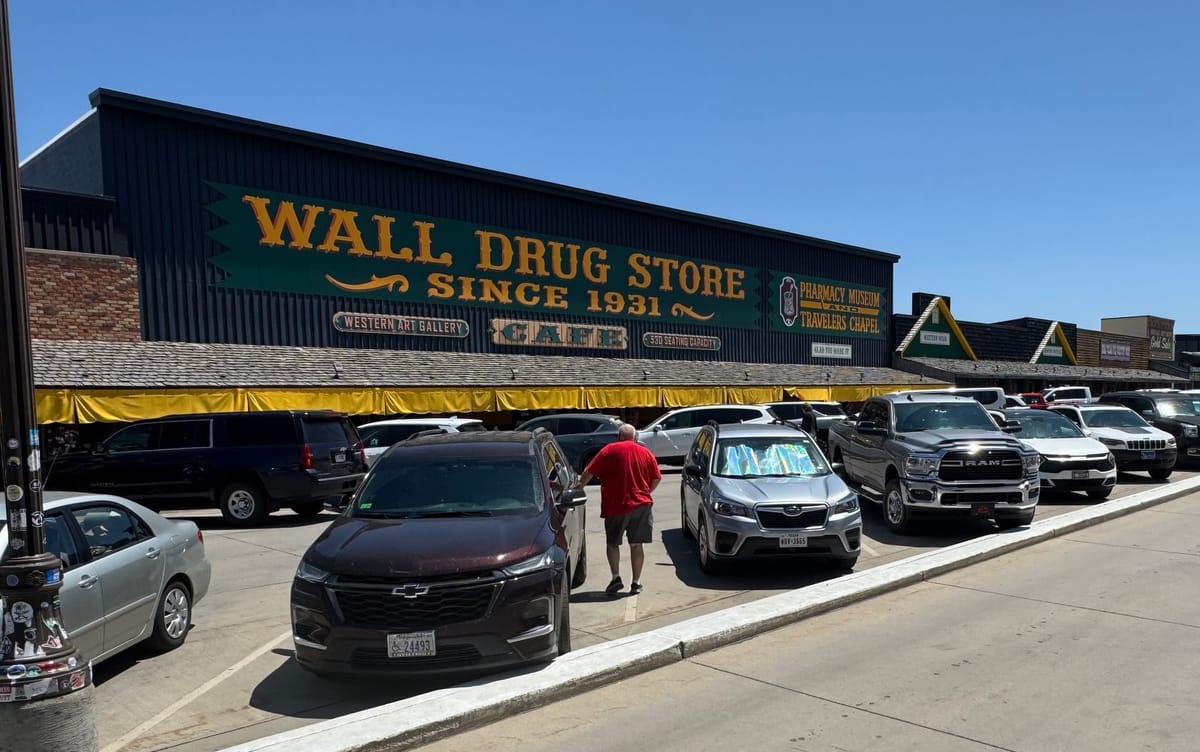
Providing build-ready lots for private developers encourages rapid construction because it removes some of their up-front costs and reduces financial risk, she said.
The high cost of materials, however, has made it more difficult for Grow Sprink and RADC to keep prices low for homes they build. The last Grow Spink spec home of about 1,300 square feet sold for $290,000 in 2023, but the price of any new spec homes will easily top $400,000, she said.
“We want to get a stronger tax base, and houses are a great way to do it because they bring in new businesses and new families,” Schieffer said. “We want to see private development first. But we’re also here to fill in the gaps and keep development going in our area.”
Limitations: Developer reaches limit in Redfield
The move by the two development agencies to make lots available for sale at reasonable prices with streets, curbs and gutters already installed was an incentive that other small cities and towns are not offering, said Hammrich, of S&S properties.
“Otherwise, we wouldn’t have gone in and developed anything there at all,” he said. “It’s a big plus for Redfield, and it works out well for us.”
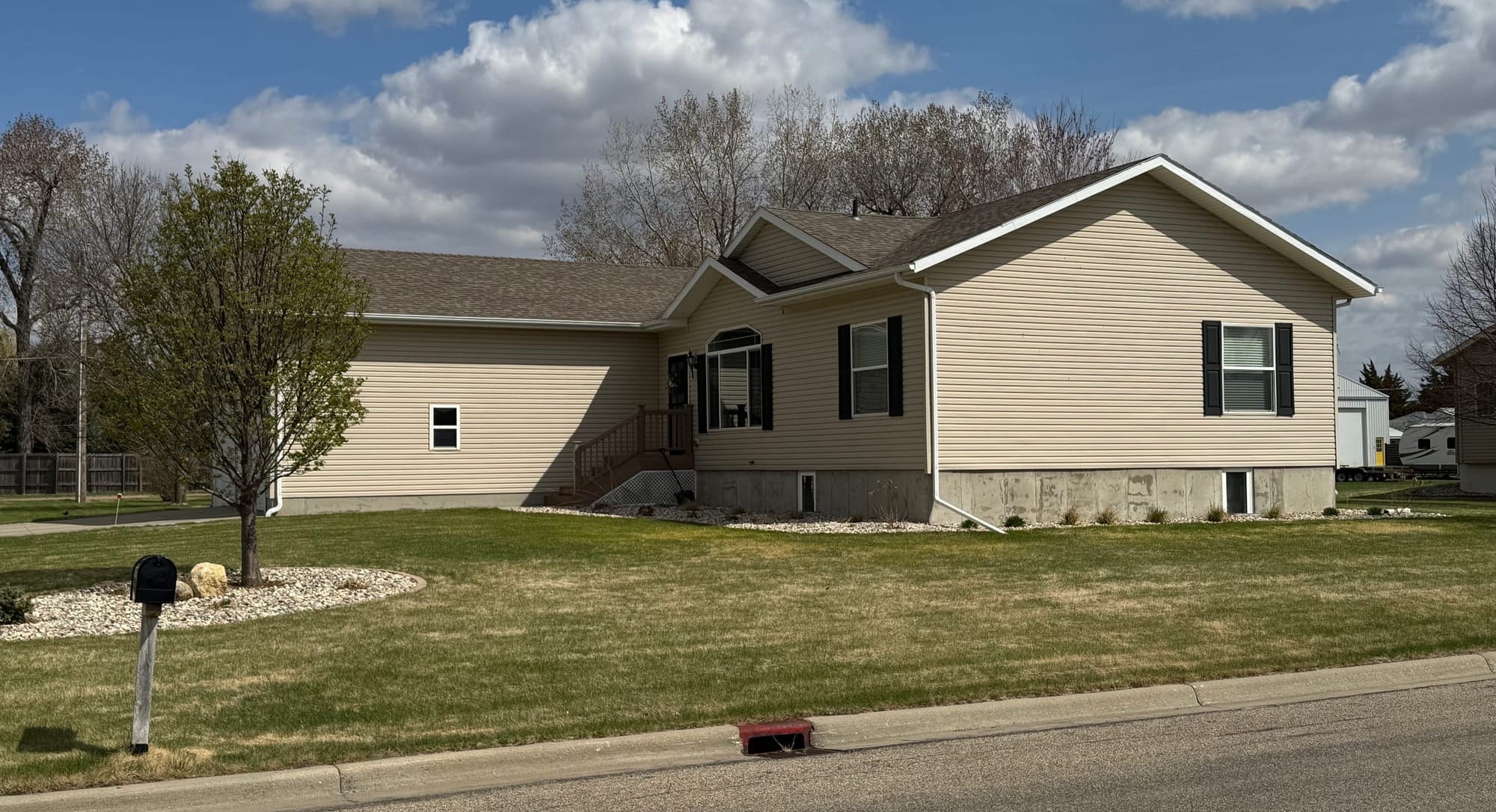
Hammrich said his firm has found success in Redfield but is being cautious not to enter the market too aggressively.
S&S has likely reached its maximum presence in Redfield for now, mainly due to uncertainty about the regional economy, rising construction costs and whether further housing growth will be sustainable in a small, somewhat isolated city, he said.
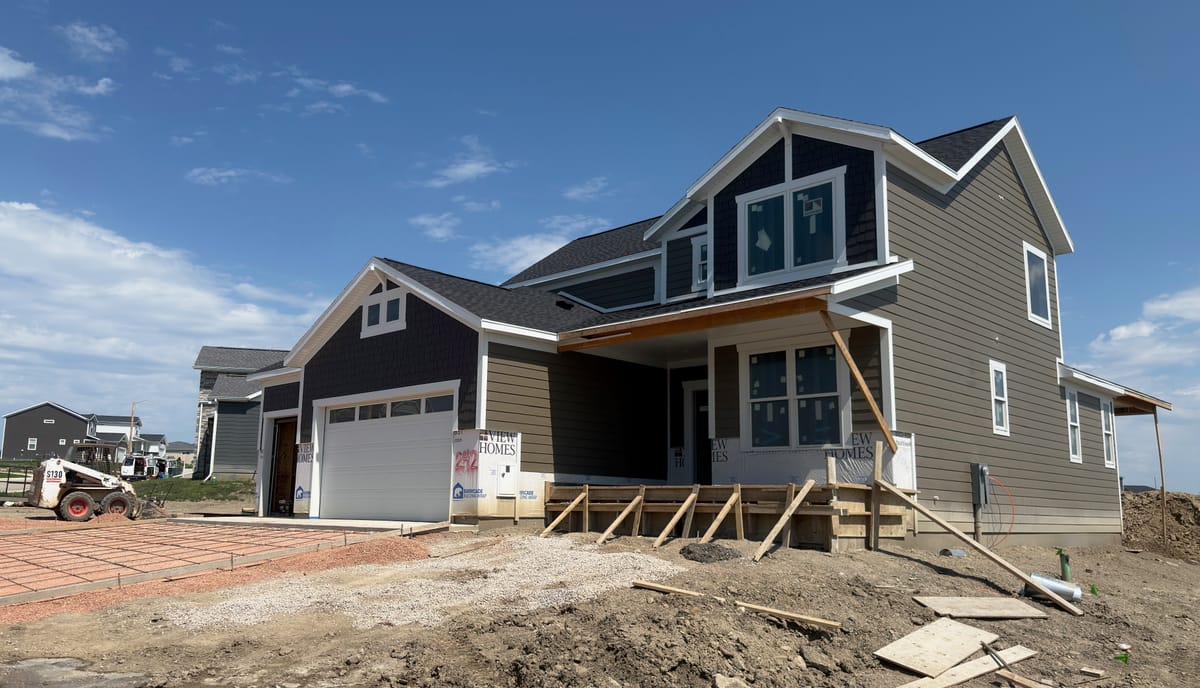
Though S&S may slow down in Redfield, Hammrich said he hopes development will continue given the importance of housing as a basis for further economic growth.
“In these small towns, you’ve got to have housing because if you don’t have housing, your economy isn’t going to make it,” he said.
This story was produced by South Dakota News Watch, an independent, nonprofit organization. Read more stories and donate at sdnewswatch.org and sign up for an email to get stories when they're published. Contact Bart Pfankuch at bart.pfankuch@sdnewswatch.org.

